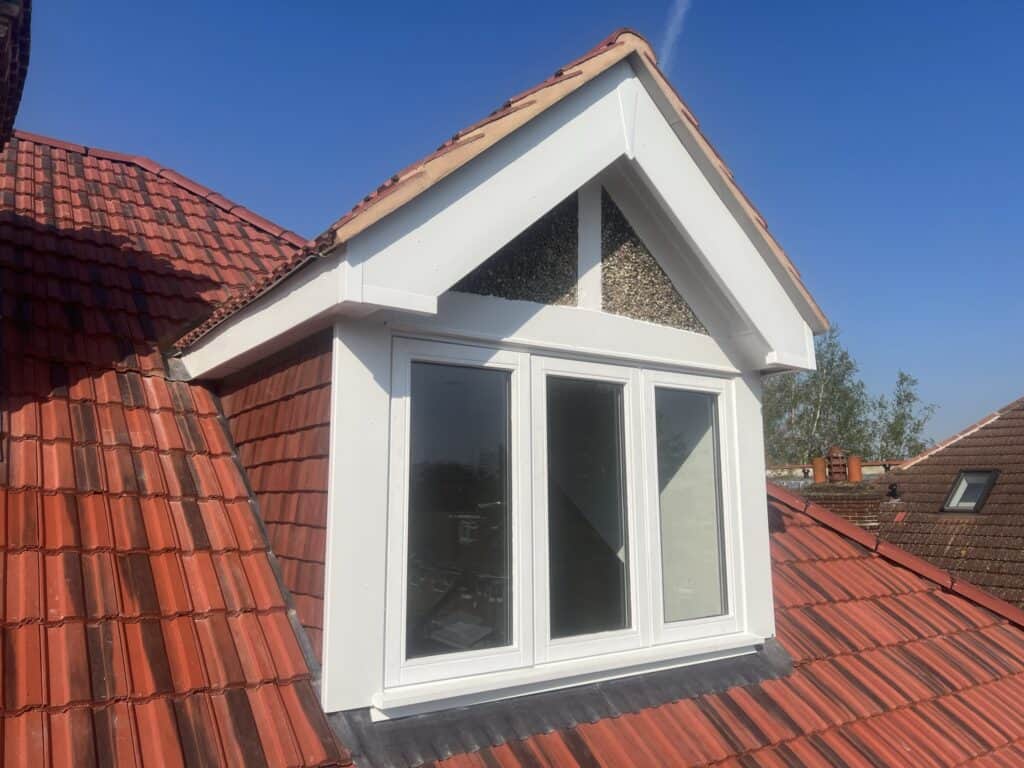When it comes to the exterior of your commercial building, the siding you choose plays a crucial role in both the aesthetic appeal and the overall functionality of your property. Commercial siding is not just about enhancing the curb appeal; it’s a strategic investment that can significantly impact the energy efficiency, durability, and long-term value of your business. Whether you’re constructing a new commercial space or renovating an existing one, navigating the vast array of siding options can be a daunting task.
In this comprehensive guide, we’ll explore the world of commercial siding solutions, helping you make an informed decision that aligns with the unique needs and requirements of your business in London.
Importance of Choosing the Right Siding Material
The house siding you select for your property can have a profound impact on its overall performance and longevity. The right material can:
- Enhance the visual appeal and branding of your business
- Improve energy efficiency, reducing your operational costs
- Provide superior protection against the harsh Canadian climate
- Increase the resale value of your property
- Require minimal maintenance, saving you time and resources
Investing in the right solution can pay dividends in the long run, ensuring your business premises remain functional, energy-efficient, and visually appealing for years to come.
Factors to Consider
When it comes to choosing the perfect commercial siding for your business, there are several key factors to consider:
- Climate and Weather Conditions: The Canadian climate can be diverse, with varying temperatures, precipitation, and wind patterns. Choosing a material that can withstand the unique environmental conditions of your region is essential.
- Building Design and Architecture: The siding you choose should complement the overall aesthetic and architectural style of your building, ensuring a cohesive and visually appealing look.
- Energy Efficiency: Some materials offer better insulation properties, helping to reduce your energy consumption and lower utility bills.
- Durability and Maintenance: The siding you select should withstand the rigours of commercial use, requiring minimal maintenance and upkeep over time.
- Budget and Long-Term Costs: Consider not only the initial installation costs but also the ongoing maintenance and replacement expenses associated with different siding options.
By carefully evaluating these factors, you can make an informed decision that balances your aesthetic preferences, functional needs, and long-term financial considerations.
Different Types of Materials
When it comes to commercial siding, there is a wide range of materials to choose from, each with advantages and drawbacks. Let’s explore some of the most popular options:
Metal
Metal siding, such as aluminum or steel, is a versatile option that offers excellent durability, weather resistance, and low maintenance. It’s a popular choice for modern, industrial-style buildings and can also be designed to mimic the appearance of other materials.
Vinyl
Vinyl siding is a cost-effective and easy-to-install option that requires minimal maintenance. Available in various colors and styles, it’s a versatile choice suited to various building designs.
Wood
While not as common as other materials, wood siding can add a warm, natural aesthetic to your property. It requires regular maintenance and may be more susceptible to weathering and pests, but it can be a visually appealing choice for certain architectural styles.
Stone Veneer
Stone veneer siding offers the timeless look of natural stone, with the added benefits of being lightweight and easier to install than full-thickness stone. It’s a popular choice for upscale properties.
Installation Process
The installation of commercial siding is a complex and specialized process that requires the expertise of experienced professionals. A general overview of the steps involved includes:
- Site Preparation: The installation team will prepare the building’s exterior, ensuring a clean and level surface.
- Framing and Sheathing: If necessary, the crew will install a sturdy framing system and sheathing to provide a solid foundation.
- Moisture Barrier: A moisture barrier, such as housewrap or building paper, is typically installed to protect the building from water intrusion.
- Installation: The siding panels or boards are carefully measured, cut, and secured to the building’s exterior, following the manufacturer’s instructions and industry best practices.
- Trim and Finishing Touches: Specialized trim pieces, corners, and other finishing elements are installed to create a seamless and polished look.
- Cleanup and Inspection: The installation team will thoroughly clean the work area and conduct a final inspection to ensure the installation is done correctly and meets all necessary building codes and standards.
Working with a reputable, experienced contractor is essential to ensure that the installation is done correctly and to the highest standards, contributing to the long-term performance and durability of your commercial siding.
Maintenance and Care
Proper maintenance and care are essential for ensuring the longevity and continued performance of your commercial siding. Here are some key steps to keep them in top condition:
- Regular Cleaning: Regularly clean them using a soft-bristle brush and a mild detergent solution to remove dirt, grime, and other buildup.
- Inspection and Repair: Conduct periodic inspections, looking for cracks, gaps, or other signs of wear and tear. Address any issues promptly to prevent further damage.
- Repainting or Refinishing: Depending on the material, you may need to repaint or refinish the surface every few years to maintain its appearance and protect it from the elements.
- Vegetation Management: Keep trees, shrubs, and other vegetation trimmed away from the siding to prevent damage and allow for proper air circulation.
- Snow and Ice Removal: During the winter months, be diligent in removing snow and ice buildup from them to prevent damage from the weight and potential water infiltration.
By following these maintenance best practices, you can ensure your commercial siding continues to perform at its best, protecting your business and preserving the investment you’ve made in your property.
Final Thoughts
Choosing the right commercial siding is a crucial decision that can have a lasting impact on the functionality, appearance, and value of your property. By considering the factors discussed in this guide, exploring the various material options, and working with a reputable contractor, you can make an informed choice that meets the specific needs of your business.
Remember, your commercial siding is not just a surface-level investment; it’s a strategic decision that can pay dividends in the long run. Take time to evaluate your options carefully, and feel free to consult experts for guidance and support.
The right solution can enhance your business’s curb appeal, energy efficiency, and overall performance, setting you up for long-term success.




